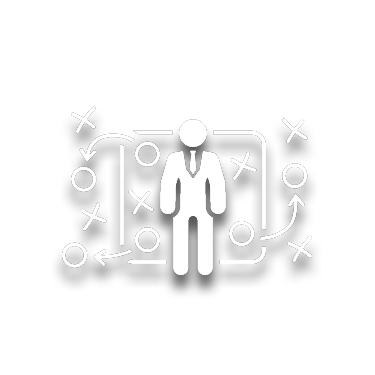Why Do The Manufacturing Firms in Your Portfolio Need MGB2B-X?
The short answer is we can save you 40% on your Marketing costs AND improve the way that Marketing is being done – with a core focus on enhanced lead generation.
MGB2B-X is Mascola Group’s fully-outsourced marketing solution tailored for private equity firms and their portfolio companies.
We provide your company with an entire turnkey marketing department at a fraction of the cost it would take to staff the department yourself. For a flat monthly fee, your brands will have access to a full suite of marketing services that can be accessed on an as-needed basis:

MGB2B-X ensures you have the right skills and capabilities needed to produce a modern marketing program that delivers the results your portfolio companies need to grow and profit – 52 weeks a year. No vacation time. No health insurance. No retirement plans. Just results.





